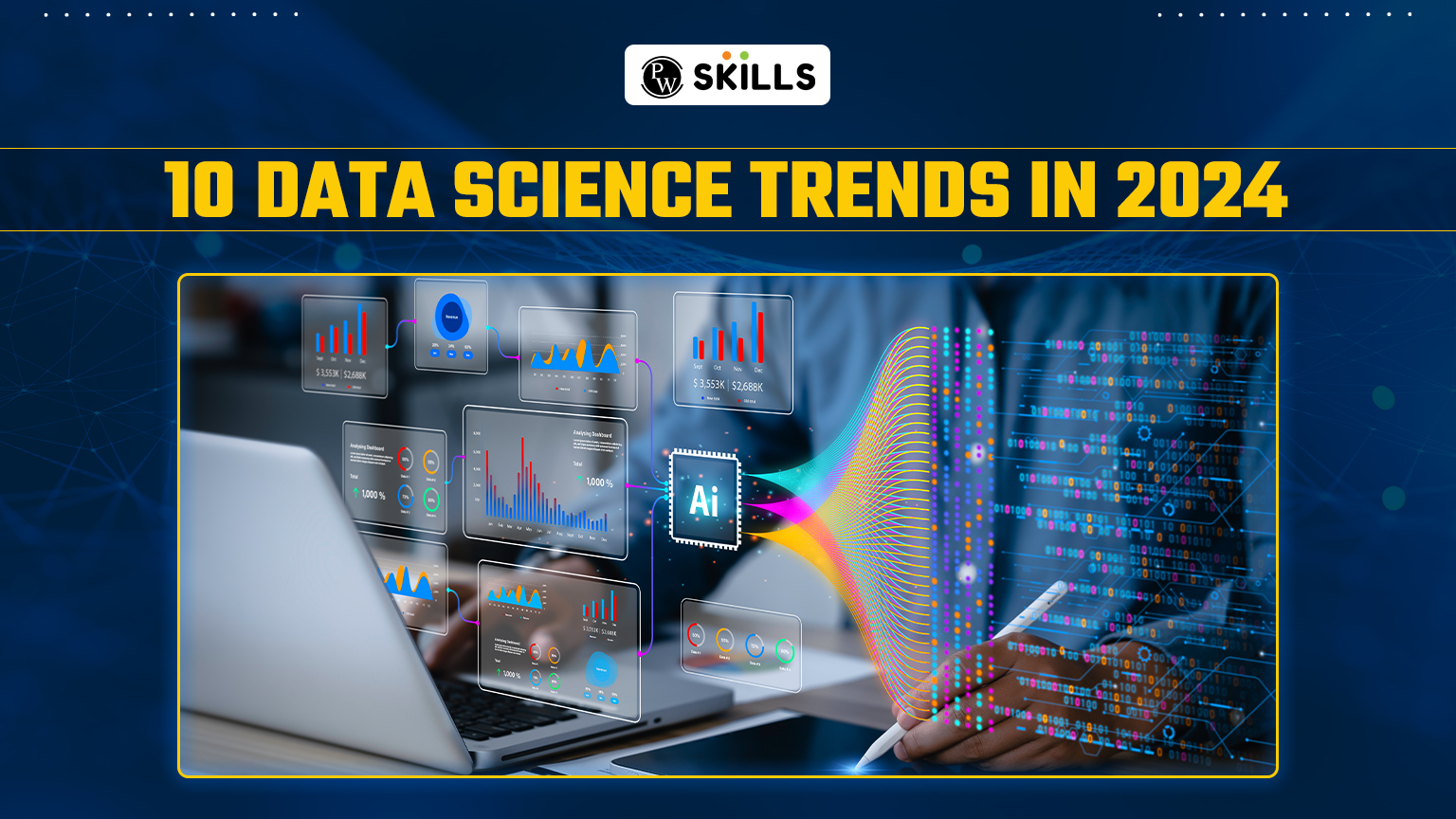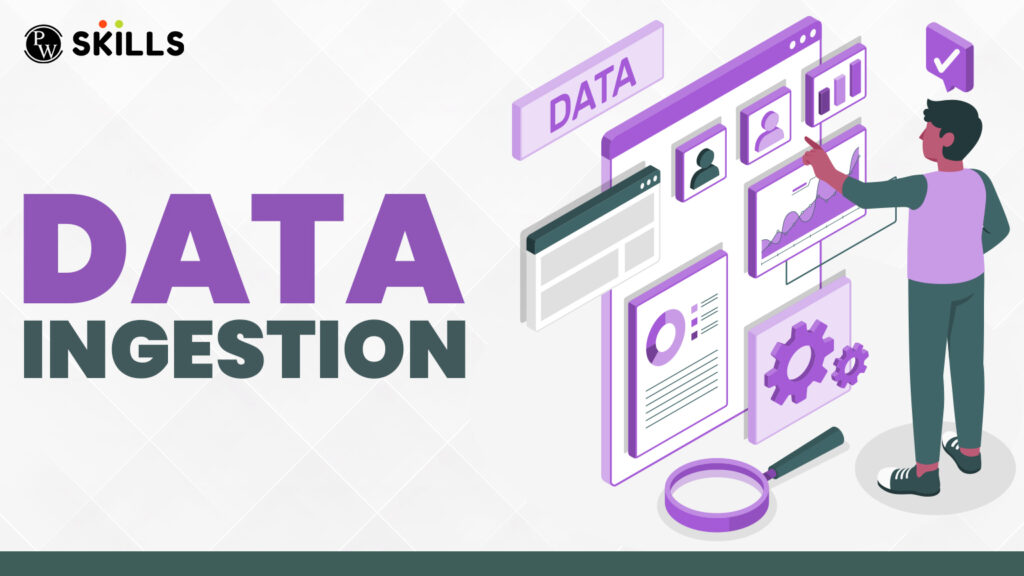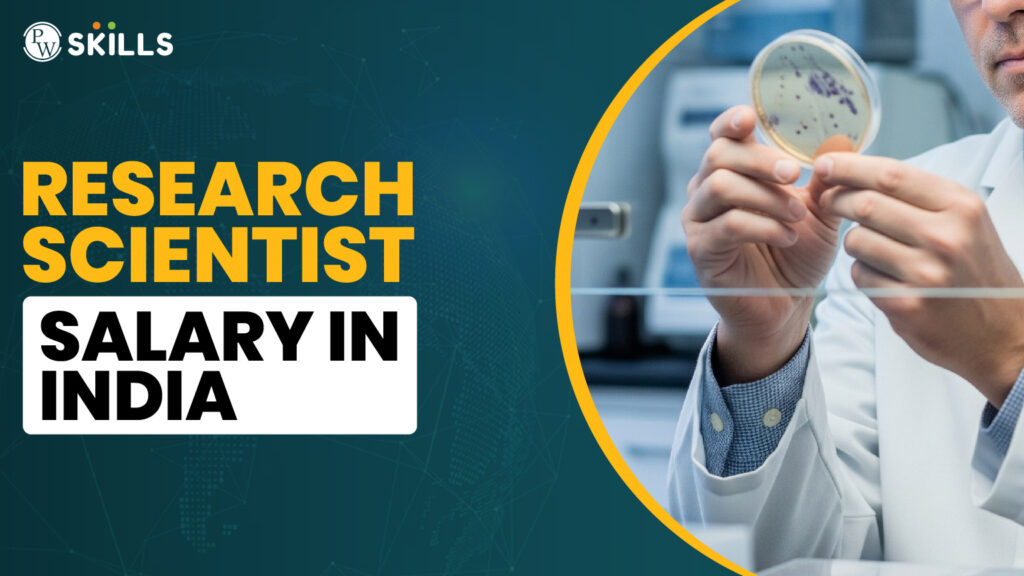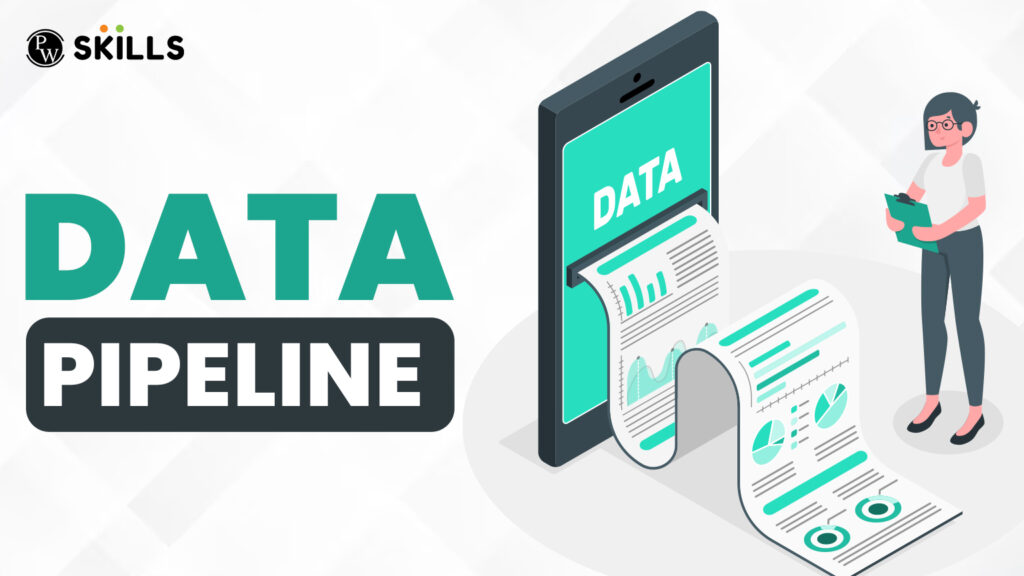When we talk about “Data Science Trends,” we are referring to the new developments and shifts happening in the field of data science. It is about what is gaining popularity, what new tools or techniques people are starting to use, and how the role of data science is evolving in different industries.
In the fast changing landscape of the technological world, the field of data science is also evolving rapidly. With advanced artificial intelligence and machine learning models, now the efficiency of data science tools and technologies is going to be affected.
If you are looking for a career in data science then you must be well informed about some of the important data science trends as these are going to help you in exploring various opportunities.
Growth of the Data Science Field
Data science has grown significantly over the past decade, transforming from a specialised field into a cornerstone of modern business and technology. Before 2024, the surge in big data, advances in machine learning, and the proliferation of IoT devices fueled the demand for data scientists. Organisations across various sectors recognized the importance of data-driven decision-making, leading to increased investments in data science education, tools, and technologies.
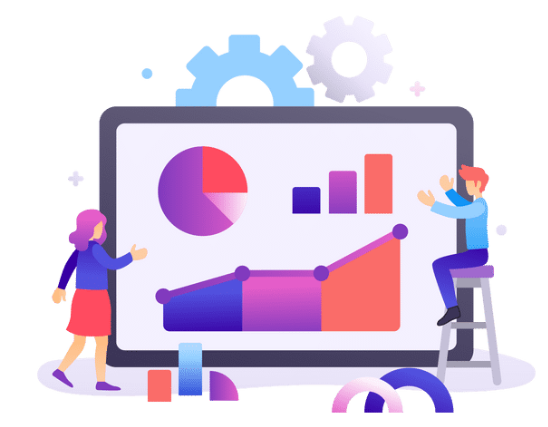
Looking ahead to 2024 and 2025, the field is expected to grow even more rapidly. As companies generate more data than ever, the need for advanced analytics and skilled professionals will become more critical. In 2024, we anticipate a broader adoption of AI-driven analytics, with machine learning models becoming more integrated into business operations. This will enable organisations to automate data processing and enhance predictive analytics, improving decision-making and operational efficiency.
Overall, the growth of data science in 2024 and 2025 will be marked by increased adoption, technological advancements, and a rising demand for skilled professionals, solidifying its role as a critical driver of innovation and business success.
Top 10 Data Science Trends in 2024
Data science trends are like snapshots of what’s burning and happening right now in the world of data. The top 10 such data science trends in 2024 are mentioned below:
1. TinyML
TinyML is an exciting area of data science that focuses on bringing machine learning to extremely small, resource-constrained devices like microcontrollers or IoT devices. These are the tiny, low-power gadgets found in everything from wearable tech and smart home devices to industrial sensors.
It is about making machine learning accessible and practical for the smallest and most power-efficient devices, opening up a whole new world of possibilities for smart technology.
2. AutoML (Automated Machine Learning)
AutoML is a rapidly growing area within data science that aims to automate the process of building machine learning models. The goal of AutoML is to make machine learning more accessible to non-experts while also increasing the efficiency of data scientists by handling many of the tedious and complex tasks involved in developing models.
As AutoML continues to evolve, we can expect it to become even more powerful, integrating with AI and expanding its capabilities to handle more complex and diverse data types. It is likely to play a significant role in democratising AI and making advanced machine learning accessible to a broader audience.
3. Predictive Analysis
Predictive analysis is a technique in data science that uses historical data, statistical algorithms, and machine learning to make predictions about future events or behaviours. The goal is to go beyond merely describing what’s happened to forecasting what might happen next, allowing organisations to make more informed decisions.
As technology advances, predictive analysis is becoming more sophisticated and accessible. With the rise of big data, AI, and machine learning, predictive models will continue to improve, providing even more accurate and actionable insights. In the future, predictive analysis is expected to become an integral part of decision-making across all sectors.
4. Cloud Migration
Cloud migration refers to the process of moving data, applications, and other business elements from on-premises infrastructure or other cloud environments to a cloud computing environment. This shift is becoming increasingly popular as organisations seek to leverage the flexibility, scalability, and cost-efficiency that cloud platforms offer. 4
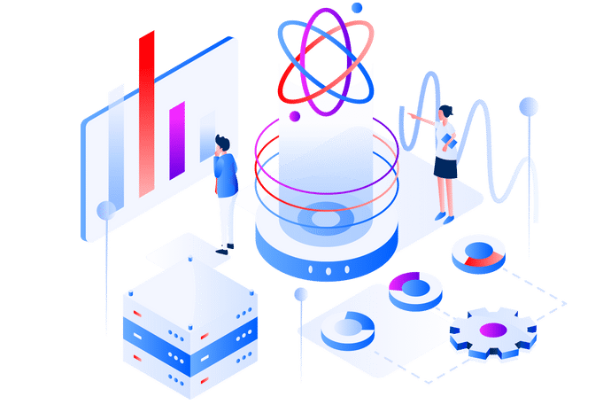
Cloud migration is a strategic move that can provide significant benefits in terms of scalability, cost efficiency, and flexibility, but it requires careful planning and execution to navigate the associated challenges successfully.
5. Cloud-Native
Cloud-native is an approach to designing, building, and running applications that fully exploit the advantages of cloud computing. Unlike traditional applications that may be simply migrated to the cloud, a cloud-native environment includes scalability, flexibility, and resilience.
Cloud-native is all about building applications that are optimised for the cloud, using technologies like microservices, containers, and DevOps to create scalable, resilient, and agile systems.
6. Augmented Analytics
Augmented analytics is an advanced approach to data analysis that leverages machine learning (ML), artificial intelligence (AI), and natural language processing (NLP) to automate the data preparation, insight generation, and explanation processes.
The goal of augmented analytics is to make data analytics more accessible and efficient, enabling users at all levels of expertise to gain insights and make data-driven decisions without needing deep technical knowledge.
Augmented analytics represents the next step in the evolution of data analysis, making it more automated, accessible, and insightful. It is a powerful tool that helps organisations of all sizes harness the full potential of their data, leading to smarter decisions and a competitive edge.
7. AI as a Service (AIaaS)
AI as a Service (AIaaS) is a model where businesses and individuals can access and use artificial intelligence technologies through cloud-based services. Instead of building and maintaining their own AI infrastructure and tools, organisations can leverage AIaaS providers to deploy AI capabilities quickly and cost-effectively. This model is similar to other as-a-service offerings like SaaS or IaaS, where the underlying technology is managed by a third party and accessed over the Internet.
AI as a Service offers a powerful way for organisations to harness the benefits of AI without the complexity and cost of developing it in-house. It provides flexibility, scalability, and access to cutting-edge technology, making AI accessible to a broader range of businesses and driving innovation across industries.
8. Edge Computing
Edge computing is a distributed computing paradigm that brings computations and data storage closer to the location where it is needed, rather than relying on a centralised data center. This approach is designed to reduce latency, improve response times, and minimise the amount of data that needs to be transmitted to the cloud or a central data center.
Edge computing is a transformative technology that brings computation and data storage closer to the source of data generation. It offers significant benefits in terms of reduced latency, cost efficiency, and enhanced security, making it an essential component of modern digital infrastructure, particularly in the context of IoT, autonomous systems, and real-time applications.
9. Real-time Data Analytics
Real-time data analytics refers to the process of analysing data as it is generated or received with minimal latency. This approach enables businesses or organisations to gain immediate insights, make faster decisions, and respond to events as they happen. Real-time analytics is particularly valuable in environments where timely information is critical, such as finance, healthcare, telecommunications, and e-commerce.
Real-time data analytics is a powerful tool that allows businesses and organisations to analyse and act on data as it is generated. By enabling faster decision-making, improving customer experiences, and increasing operational efficiency, real-time analytics offers a significant competitive advantage in today’s data-driven world.
10. Blockchain in Data Science
Blockchain in data science represents a powerful convergence of two transformative technologies. While blockchain is widely known as the technology behind cryptocurrencies like Bitcoin, its applications extend far beyond digital currency. In the context of data science, blockchain offers unique advantages in terms of data security, transparency, and integrity, making it a valuable tool for managing and analysing data in a trustworthy and decentralised manner.
Blockchain offers a powerful set of tools for enhancing data security, integrity, and transparency in data science. While there are challenges to overcome, the potential benefits make it a compelling technology for data-driven industries looking to innovate and build trust in their data processes.
Data Science Trends FAQs
Q1. What are the top trends in data science in 2024?
Ans. Some of the top trends in data science include AutoML, TinyML, predictive analytics, and many more. A detailed analysis of the top data science trends is mentioned above in the article.
Q2. What are the top data science trends?
Ans. Top data science trends for 2024 include autoML, tinyML, augmented analytics, edge computing, and many more. Some of the data analytics trends are explained in detail in the above article.
Q3. Why is data science important?
Ans. Data science is crucial because it transforms raw data into actionable insights, driving informed decision-making across industries. It helps businesses optimise operations, predict trends, personalise customer experiences, and solve complex problems, ultimately leading to innovation, efficiency, and competitive advantage in an increasingly data-driven world.

